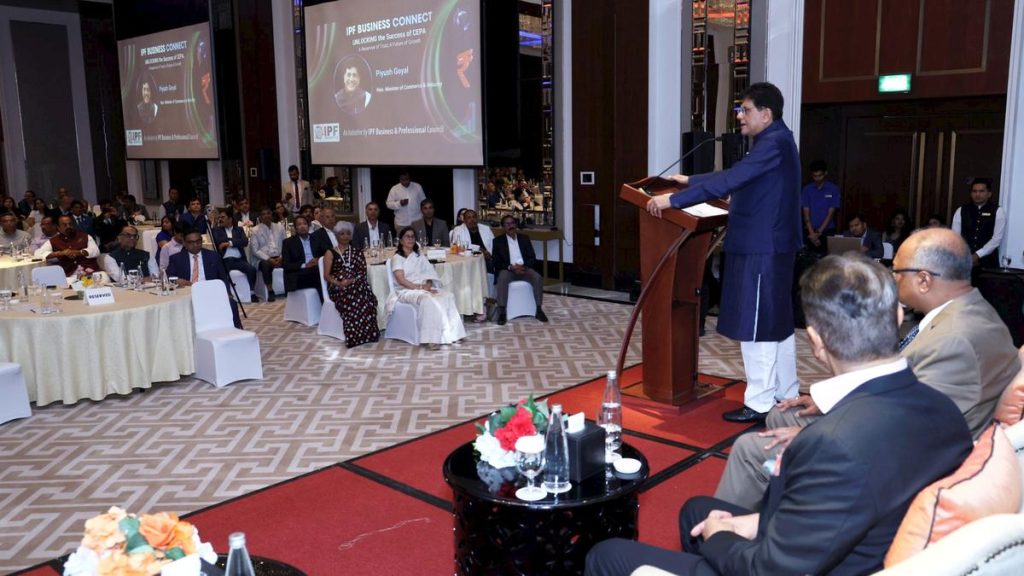Now Reading: Navaratri: Meaningful Ways to Celebrate the Festival
-
01
Navaratri: Meaningful Ways to Celebrate the Festival
Navaratri: Meaningful Ways to Celebrate the Festival

Quick Summary:
- Four types of Navaratri festivals take place annually: Ashada, Sharad, Vasant, and Magha. Among these, Ashada Navaratri holds the most significance.
- Navaratri prayers focus on durga, lakshmi, and Saraswati over nine days with customary displays called golu, composed of dolls arranged on wooden or steel steps in a specific order.
– Five steps are considered the minimum; higher numbers like seven or nine steps symbolize deeper meanings.
– The top shelf features Vishnu reclining on Adisesha, Parameswaran (Shiva), and Parasakthi (Divine Mother). Other tiers display animals in grasslands (second step), humans engaged in daily life activities (third step), deities like Rama and Krishna (archa murtis) on the fourth step, and Sakti holding a position of power over all displayed forms at the fifth tier.
- Devotional practices include installing a kalasam prominently as part of golu arrangements and reciting Lalitha Sahasranamam during all nine days for fulfillment of prayers.
- Rituals such as Kannika puja (worshiping young girls) and suwasini puja (honoring married women) are integral to this festival.
Indian Opinion Analysis:
Navaratri stands out as an critically important socio-religious festival that reinforces cultural values through elaborate rituals like golu arrangements and dedicated prayers to deities representing strength, wealth, wisdom-and collectively promoting balance in life’s pursuits. The deep symbolic meaning behind specific golu displays highlights India’s strong philosophical roots within its traditions while driving collective family involvement during celebrations.
The prescribed worship methods-such as Kannika puja-emphasize societal respect toward certain archetypes symbolizing purity (Kannikas) or familial stability (Suwasinis). Such practices underscore India’s unique blending of spirituality with day-to-day responsibilities for prosperity’s holistic definition across personal growth dimensions.
For more spiritual seekers or cultural historians tracking evolving Indian customs rooted origination reenforces both modern continuity but broadening Over centuries
Read more:























